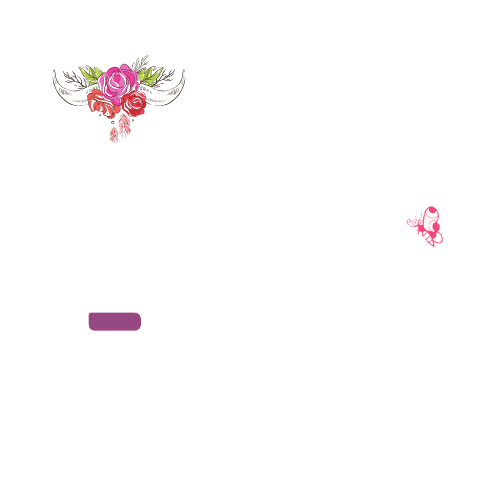From Hipster Cows to Prime Steaks: Unravelling the Grass-Fed Beef Debate
There's a rumble in the pasture, and it's not just from the cows. The debate around grass-fed versus grain-fed beef has been sizzling for a while now, creating distinct camps on both sides of the dinner table. But let’s be honest: How many of us truly understand the meat of the matter? Why isn’t all beef just grass-fed, given it sounds so...natural?
A Blast from the Past(ure)
Historically, cows always dined out – quite literally – in pastures. Their menu was primarily grass, clover, and whatever other edible greens they could graze. However, as time moo-ved on, and with the rising demand for beef, the cattle industry needed to find quicker ways to fatten up the cattle. Enter grain diets.
Grains: The Fast-Track to Bovine Bulk
Switching to a grain-based diet, primarily consisting of corn and soy, accelerates the fattening process. Simply put, grains are like fast food for cows – they gain weight more quickly than they would munching leisurely on grass all day. But, of course, like all fast foods, there's a downside. Grain diets can lead to a change in the pH levels in a cow's stomach, potentially leading to health issues and necessitating antibiotics.
Grass-Fed: The Gourmet Diet
Grass-fed beef, on the other hand, tends to be leaner and boasts a distinct flavor – which some describe as “grassier” or even "gamey". It's the cow's version of being on a high-fiber, organic diet. Not to mention, it contains higher levels of beneficial nutrients, including Omega-3 fatty acids and Vitamin E.
But Why Isn’t All Beef Grass-Fed?
It boils down to economics and efficiency. Grain-fed operations can be more predictable, given they're less dependent on the vagaries of weather and seasonal changes that affect pastures. Plus, feeding cows grains can get them market-ready faster, meaning quicker turnovers and potentially higher profits.
Yet, the pendulum is swinging back. With the rise in consumer consciousness about where our food comes from and how it impacts our health and the environment, there’s a growing appetite for grass-fed beef. It's seen as the more sustainable, ethical, and healthier choice.
So, What's the Beef?
Both grass-fed and grain-fed beef have their own set of pros and cons. It really boils down to personal preferences around taste, health, ethics, and budget. Some savor the rich marbling and buttery taste of grain-fed beef, while others are willing to fork out a bit more for the nutritional perks and earthy taste of grass-fed cuts.
Remember, as with all food choices, it’s about informed decisions. If you can, talk to your butcher or local farmers. Understand their processes. Sometimes, a blend of both worlds, like grain-finished beef (cattle that started on grass but were switched to grains towards the end) offers a middle path.
The next time you’re at a barbecue or steakhouse and find yourself in a beefy debate, remember: Whether it's grass-fed or grain-fed, let's just appreciate the steak and the story behind every bite.
#MeatTheDebate #GrassVsGrain #BeefBrief

